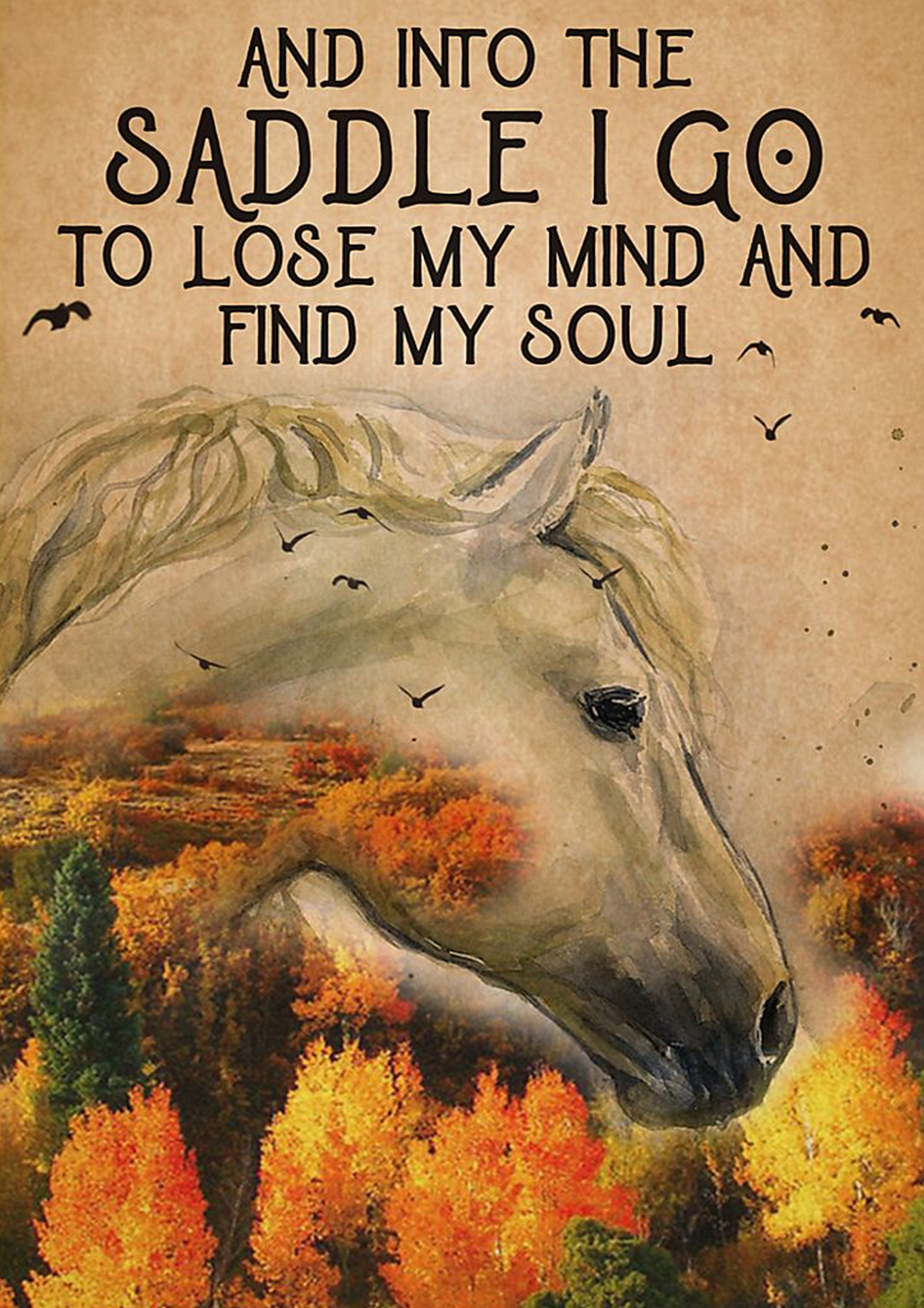class="post-55928 post type-post status-publish format-standard has-post-thumbnail hentry category-boxboxshirt">
BOXBOXSHIRT
America Pop Art Hawaiian Shirt – LIMITED EDITION
BUY HERE: America Pop Art Hawaiian Shirt
America Pop Art Hawaiian Shirt Pop art is an art movement that emerged in the United Kingdom and the United States during the mid- to late-1950s. The movement presented a challenge to traditions of fine art by including imagery from popular and mass culture, such as advertising, comic books and mundane mass-produced objects. One of its aims is to use images of popular (as opposed to elitist) culture in art, emphasizing the banal or kitschy elements of any culture, most often through the use of irony. It is also associated with the artists’ use of mechanical means of reproduction or rendering techniques. In pop art, material is sometimes visually removed from its known context, isolated, or combined with unrelated material.
America Pop Art Hawaiian Shirt Amongst the early artists that shaped the pop art movement were Eduardo Paolozzi and Richard Hamilton in Britain, and Larry Rivers, Robert Rauschenberg and Jasper Johns among others in the United States. Pop art is widely interpreted as a reaction to the then-dominant ideas of abstract expressionism, as well as an expansion of those ideas. Due to its utilization of found objects and images, it is similar to Dada. Pop art and minimalism are considered to be art movements that precede postmodern art, or are some of the earliest examples of postmodern art themselves.
America Pop Art Hawaiian Shirt Pop art often takes imagery that is currently in use in advertising. Product labeling and logos figure prominently in the imagery chosen by pop artists, seen in the labels of Campbell’s Soup Cans, by Andy Warhol. Even the labeling on the outside of a shipping box containing food items for retail has been used as subject matter in pop art, as demonstrated by Warhol’s Campbell’s Tomato Juice Box, 1964 (pictured).
America Pop Art Hawaiian Shirt The Independent Group (IG), founded in London in 1952, is regarded as the precursor to the pop art movement. They were a gathering of young painters, sculptors, architects, writers and critics who were challenging prevailing modernist approaches to culture as well as traditional views of fine art. Their group discussions centered on pop culture implications from elements such as mass advertising, movies, product design, comic strips, science fiction and technology. At the first Independent Group meeting in 1952, co-founding member, artist and sculptor Eduardo Paolozzi presented a lecture using a series of collages titled Bunk! that he had assembled during his time in Paris between 1947 and 1949. This material of “found objects” such as advertising, comic book characters, magazine covers and various mass-produced graphics mostly represented American popular culture. One of the collages in that presentation was Paolozzi’s I was a Rich Man’s Plaything (1947), which includes the first use of the word “pop”, appearing in a cloud of smoke emerging from a revolver. Following Paolozzi’s seminal presentation in 1952, the IG focused primarily on the imagery of American popular culture, particularly mass advertising.
America Pop Art Hawaiian Shirt “Pop art” as a moniker was then used in discussions by IG members in the Second Session of the IG in 1955, and the specific term “pop art” first appeared in published print in the article “But Today We Collect Ads” by IG members Alison and Peter Smithson in Ark magazine in 1956. However, the term is often credited to British art critic/curator Lawrence Alloway for his 1958 essay titled The Arts and the Mass Media, even though the precise language he uses is “popular mass culture”. “Furthermore, what I meant by it then is not what it means now. I used the term, and also ‘Pop Culture’ to refer to the products of the mass media, not to works of art that draw upon popular culture. In any case, sometime between the winter of 1954–55 and 1957 the phrase acquired currency in conversation…” Nevertheless, Alloway was one of the leading critics to defend the inclusion of the imagery of mass culture in the fine arts. Alloway clarified these terms in 1966, at which time Pop Art had already transited from art schools and small galleries to a major force in the artworld. But its success had not been in England. Practically simultaneously, and independently, New York City had become the hotbed for Pop Art.

HASHTAGS: #popart #art #contemporaryart #artist #artwork #painting #illustration #streetart #modernart #digitalart #drawing #instaart #pop #artgallery #abstractart #artistsoninstagram #design #arte #artoftheday #urbanart #fineart #s #popartstyle #graffiti #popculture #love #popartist #artcollector #portrait #bhfyp



HomePage : https://tezostores.com/


